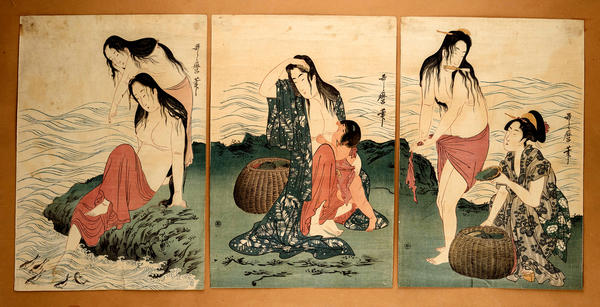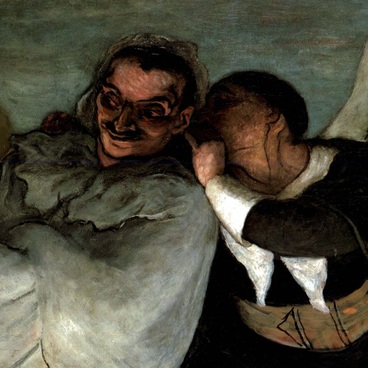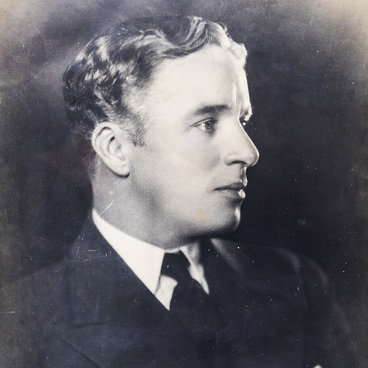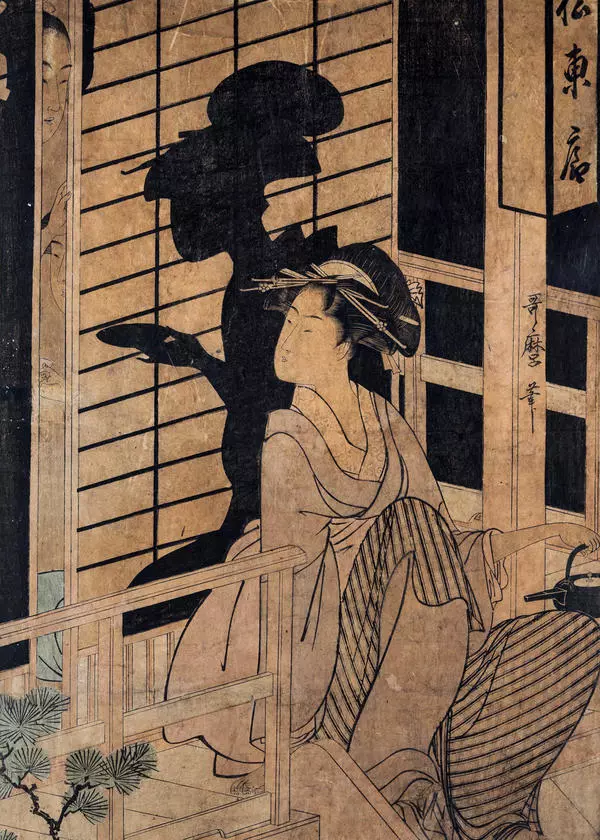The engraved triptych ‘Divers’ by the famous Japanese artist of the 18th century Kitagawa Utamaro was, like many other items in the study, not just an ornament, but also an object of Eisenstein’s reflections.
French writer Edmond /ed’mon/ de Goncourt /gon’kur/ said that among UtamAro’s triptychs, ‘the one that depicts “divers, ” seekers of awAbi (edible shells, similar to oysters), is the rarest and the most exquisite.” Sergei Eisenstein analyzed the composition of “Divers” in great detail in his theoretical work “Even and Odd.” Director wrote that the triptych “leaves a unique and harmonious impression”. Eisenstein understood that the artist’s graphic skill is deeply connected with his worldview which was shaped by the Far Eastern philosophy.
In Japan, same as in China, they believe that universal harmony is rooted in unity of opposites, which are called Yin and Yang in Chinese (this is darkness and light, soft and hard, feminine and masculine, even and odd). In his analysis, Eisenstein explored an unusually complex ‘interweaving of two worlds — odd and even’ in Utamaro’s triptych.
French writer Edmond /ed’mon/ de Goncourt /gon’kur/ said that among UtamAro’s triptychs, ‘the one that depicts “divers, ” seekers of awAbi (edible shells, similar to oysters), is the rarest and the most exquisite.” Sergei Eisenstein analyzed the composition of “Divers” in great detail in his theoretical work “Even and Odd.” Director wrote that the triptych “leaves a unique and harmonious impression”. Eisenstein understood that the artist’s graphic skill is deeply connected with his worldview which was shaped by the Far Eastern philosophy.
In Japan, same as in China, they believe that universal harmony is rooted in unity of opposites, which are called Yin and Yang in Chinese (this is darkness and light, soft and hard, feminine and masculine, even and odd). In his analysis, Eisenstein explored an unusually complex ‘interweaving of two worlds — odd and even’ in Utamaro’s triptych.





